The saber-toothed cat, with its iconic elongated canines, has long been a symbol of prehistoric predatory prowess. These formidable creatures, particularly Smilodon fatalis, dominated the Pleistocene landscape, striking fear into the hearts of megafauna. Yet, beneath the terrifying visage of those dagger-like teeth lay a surprising vulnerability—a biomechanical trade-off that may have contributed to their eventual extinction.
For decades, paleontologists marveled at the sheer killing potential of saber teeth. The exaggerated upper canines, some exceeding 7 inches in length, were clearly optimized for delivering devastating wounds to large prey. However, recent biomechanical studies reveal an unexpected weakness in this design. Unlike the conical teeth of modern big cats, which withstand multidirectional forces during struggles with prey, saber teeth were precision instruments—extraordinarily efficient at one specific killing method but dangerously fragile when subjected to irregular stresses.
The hunting strategy of saber-toothed cats likely involved a highly specialized approach. Rather than chasing down prey over long distances like modern lions, Smilodon probably ambushed large herbivores, using its powerful forelimbs to pin victims before delivering a precise killing bite to the throat or abdomen. This technique minimized torsion on the delicate sabers. However, should the prey twist unexpectedly or the cat miss its ideal strike angle, those spectacular teeth could fracture catastrophically—a career-ending injury for any predator.
Finite element analysis of saber tooth morphology shows disturbing stress concentrations near the root when lateral forces are applied. The teeth were remarkably strong in vertical loading—perfect for the initial stab—but vulnerable to sideways movements during prey struggles. This explains why Smilodon fossils frequently show signs of broken and healed sabers, suggesting these injuries were common occupational hazards. Modern pantherine cats experience dental fractures at less than half this rate.
Dental microwear patterns tell an equally revealing story. While lion teeth show omnidirectional scratching from holding struggling prey, saber tooth wear marks run predominantly parallel to the tooth's axis. This indicates an extremely controlled bite process where the predator carefully avoided lateral motions that might snap its primary weapons. Such constrained feeding behavior would have limited the cat's ability to handle unpredictable prey reactions.
The evolutionary trade-off becomes clear when examining the skull architecture. The saber-tooth's jaw could open to an astonishing 120-degree angle—necessary to clear those enormous canines—but this came at the cost of reduced bite force compared to modern big cats. Muscle attachment sites suggest Smilodon generated only about one-third the bite force of a similarly sized lion. Their killing technique relied on precision rather than power, making them specialists in taking down particular types of prey under specific conditions.
This specialization may have proven disastrous during the Quaternary extinction event. As climate change reshaped ecosystems and megafauna populations declined, the saber-tooth's inflexible hunting strategy left it vulnerable. Generalist predators like dire wolves could switch to smaller, more agile prey, but Smilodon's delicate dental armament and specific killing requirements became evolutionary liabilities. Their magnificent weapons, perfected over millennia for hunting mammoths and giant sloths, suddenly became obsolete in a changing world.
Modern biomechanics research continues to reveal surprising insights about these iconic predators. Advanced computer modeling now suggests the sabers may have been even more fragile than previously thought—unable to withstand the forces generated by struggling 500kg prey without sophisticated hunting techniques to compensate. This paints a picture of predators walking an evolutionary tightrope, where their greatest assets simultaneously represented critical vulnerabilities.
The story of saber-toothed cats serves as a powerful reminder that evolution doesn't necessarily produce perfect designs, but rather compromises shaped by environmental pressures. Their spectacular teeth weren't flawed—they were exquisitely adapted for a specific ecological niche that ultimately disappeared. In the end, what made Smilodon such an effective hunter may have sealed its fate when the rules of survival suddenly changed.
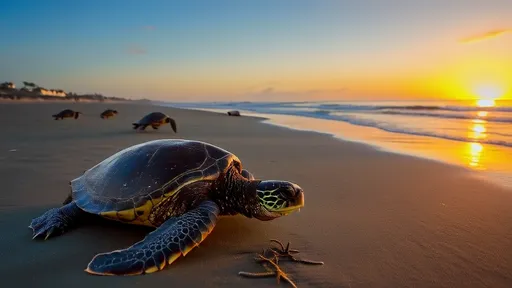
By /Jul 7, 2025
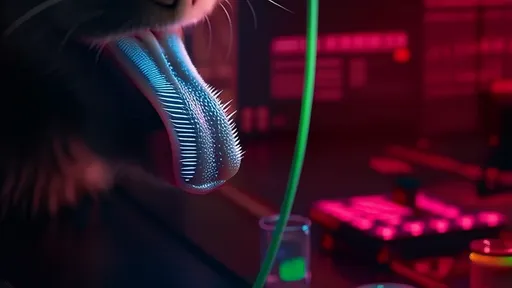
By /Jul 7, 2025
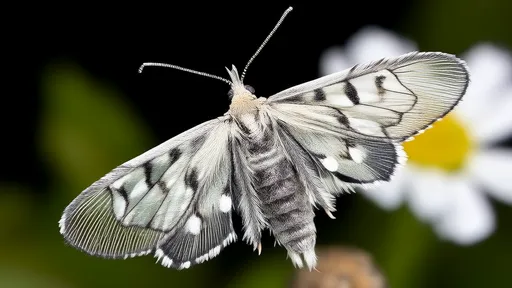
By /Jul 7, 2025
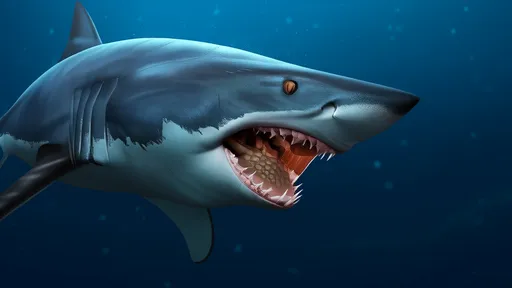
By /Jul 7, 2025
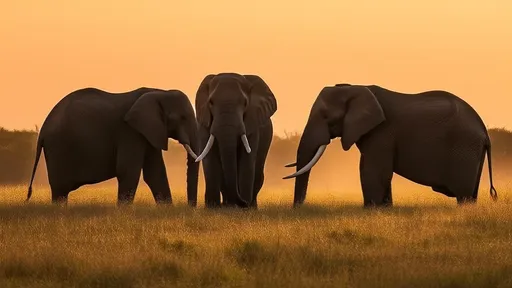
By /Jul 7, 2025
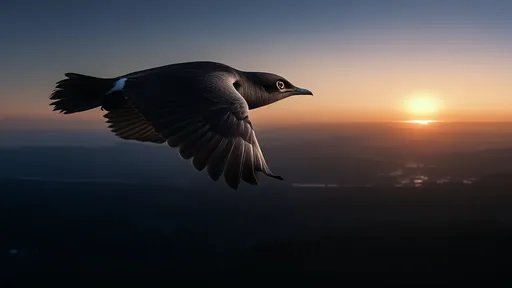
By /Jul 7, 2025
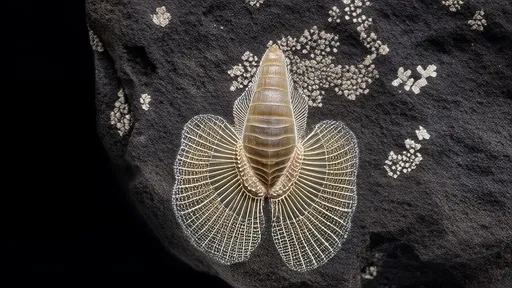
By /Jul 7, 2025
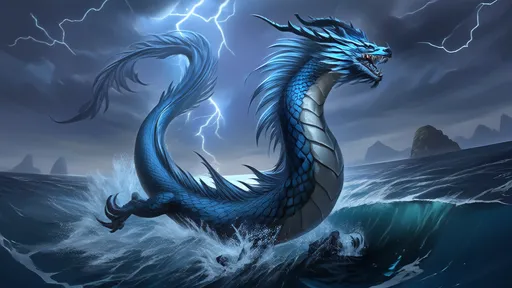
By /Jul 7, 2025
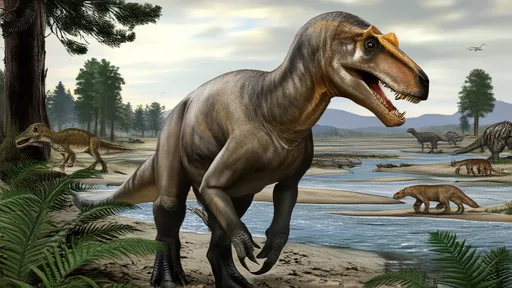
By /Jul 7, 2025
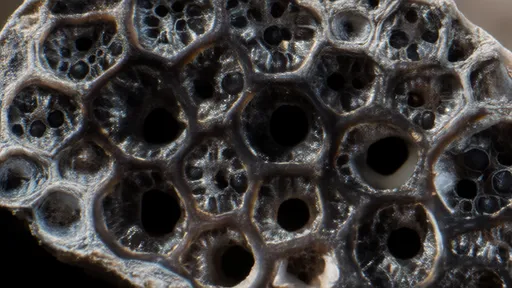
By /Jul 7, 2025
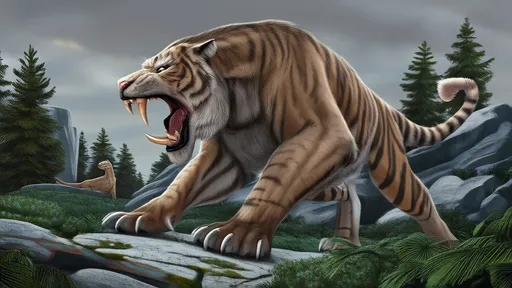
By /Jul 7, 2025
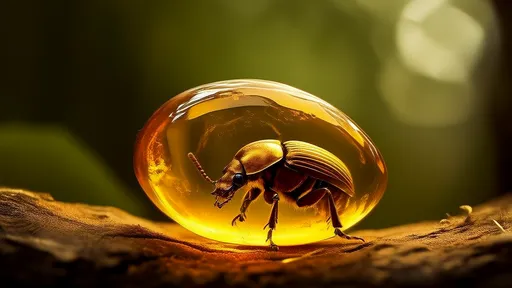
By /Jul 7, 2025
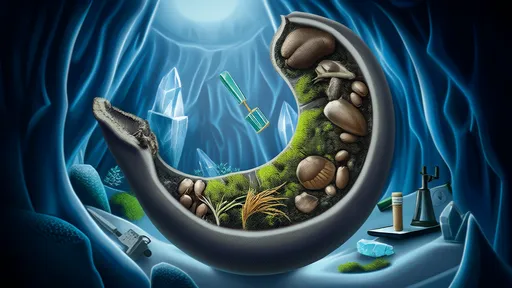
By /Jul 7, 2025
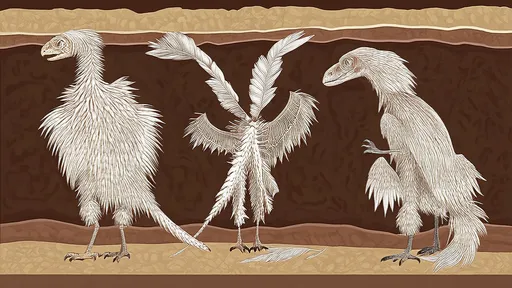
By /Jul 7, 2025

By /Jul 7, 2025

By /Jul 7, 2025
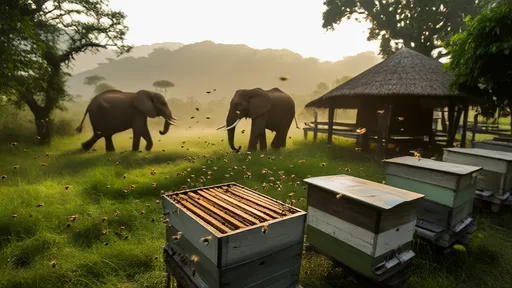
By /Jul 7, 2025

By /Jul 7, 2025